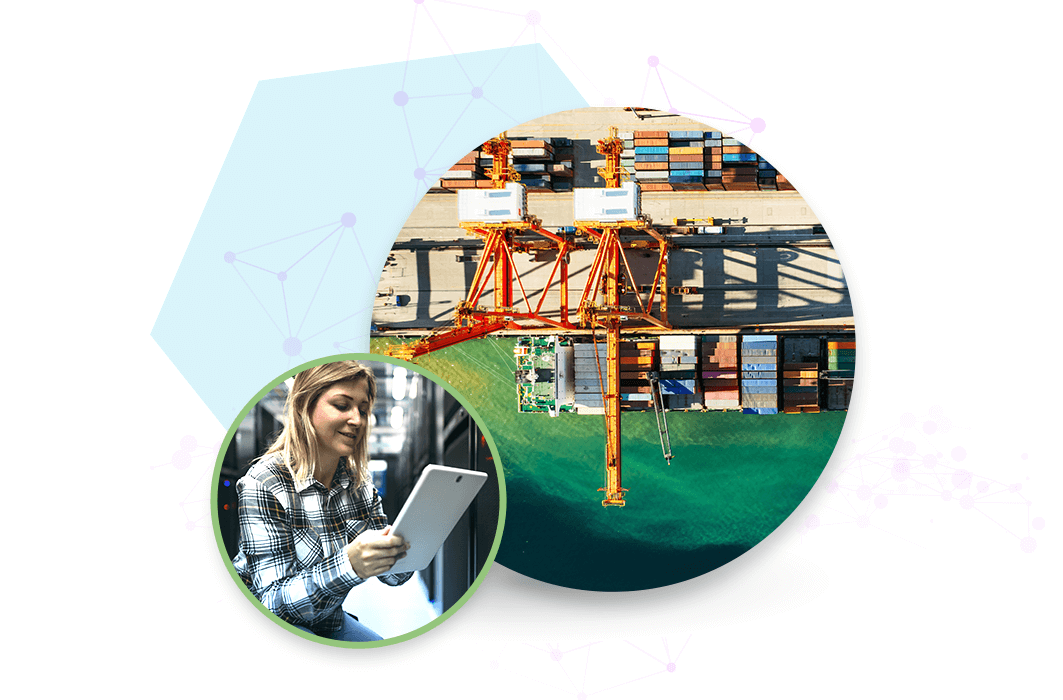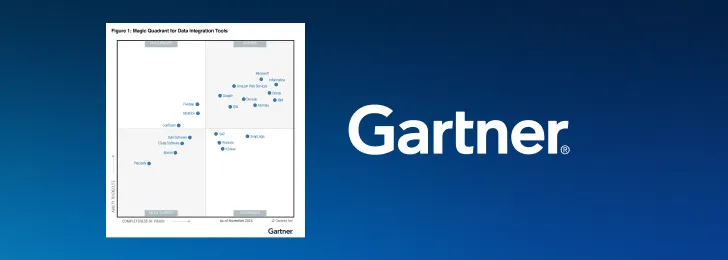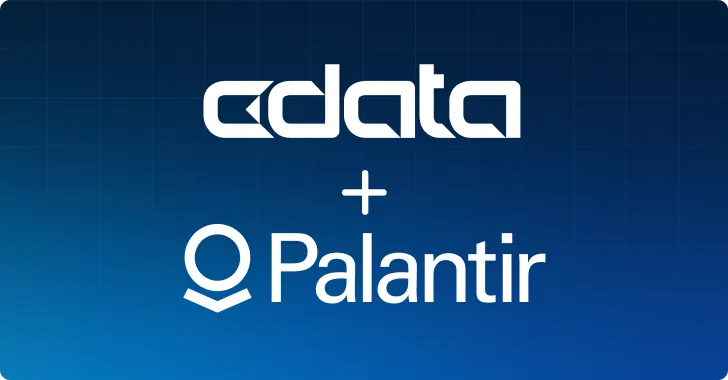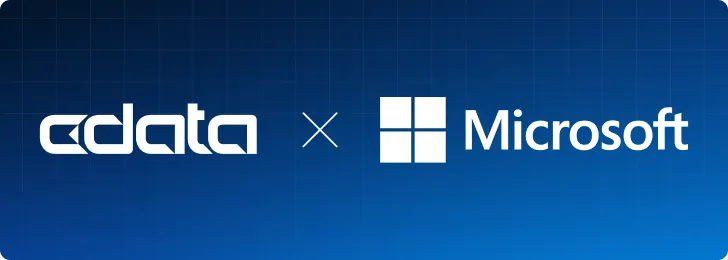
Sophisticated B2B communication lies at the heart of logistics and supply chain challenges. The collective process of receiving orders, managing inventory and warehouses, orchestrating carriers, and updating retailers requires many document types exchanged with many different external parties. Any disruption in the flow results in tangible delays for the consumers, retailers, and manufacturers that depend on a streamlined supply chain.
Given the importance of B2B communication to logistics companies, building comprehensive and reliable B2B infrastructure is crucial to business success.
Any manual intervention like data entry or order confirmation introduces the possibility of friction, delays, and human error. Fully automating logistics and supply chain transactions is the only forward-looking solution, but the inherent complexity of the processes involved means that it can be difficult to know how to get started building your own B2B automation solutions.
How B2B Communication is Used in Logistics
Logistics and supply chain B2B processes can be best understood by examining the different external parties with which logistics companies communicate.
Receiving orders from retailers
Retailers use logistics providers to ensure that stores are reliably stocked with products. Retailers rely on external parties to service many or all of the products they sell, and the movement of these products needs to be orchestrated by logistics providers. A smooth relationship with retailers is a valuable asset to almost any logistics company.
Receiving orders from e-commerce storefronts
As the world continues to embrace e-commerce, more and more storefront providers are looking to external logistics companies to ship goods purchased online. Unlike retailers, the logistics provider oversees the transportation of goods directly to the consumer, but the principles are largely the same.
Invoicing purchase orders
No matter where orders come from, invoices are necessary to ensure that your organization is being paid for its hard work. Sending out invoices is part of the automated order fulfillment process that logistics providers are integrally involved.
Acquiring goods from suppliers and manufacturers
When goods are shipped to retailers or consumers, they need to come from somewhere. Typically, goods must be acquired from suppliers and manufacturers so that they can be stored in warehouses before being routed to their appropriate destinations.
Tendering loads from carriers
Carriers like FedEx and UPS are responsible for providing trucks or ships to physically move goods from point to point. Invoking the services of a carrier requires specific communication known as load tendering.
Sending shipment updates and confirmation
Logistics providers need to update the intended recipient of the goods’ shipment progress. This can involve a two-way communication where information from a carrier is relayed back to any interested parties.
Challenges that Arise in Logistics Communication
The next step in understanding how to optimize logistics communication is to better understand the challenges involved in the above list of communication requirements.
Complex data formats like EDI
EDI (electronic data interchange) is the exchange of business documents such as invoices, purchase orders, and shipping notices via secure, standard file transmission protocols. EDI formats are esoteric and largely only readable by machines. As a result, automating the translation, generation, and integration of these EDI documents can sound like an unmanageable burden on technical specialists.
Many different EDI document types
Logistics companies are involved in every aspect of order fulfillment, and many different EDI document types are necessary to facilitate this involvement. Different EDI document types are used to communicate different aspects of the supply chain process, like requesting the services of a truck or invoicing a trading partner for their shipments. The number of necessary EDI documents multiplies the complexity involved in integrating the EDI format into other aspects of your business environment.
Many different external connections
Many B2B connections are required for each trading partner involved in your logistics process. Since logistics companies sit in the middle of myriad parties involved in order fulfillment, the number of B2B connections required by enterprise organizations can pose a challenge for legacy connectivity solutions.
Visibility into errors and disruption
Interruptions in supply chain communication must be identified and addressed as quickly as possible to avoid costly delays. At the level of technical infrastructure, this means that any errors and transaction failures must immediately result in alerts that provide visibility into what went wrong and how to fix it.
Integration into back-end systems
External logistics communications have important implications for back-end systems like warehouse management systems, inventory tracking software, and accounting ledgers. The process of integrating B2B messages into these diverse systems poses a challenge for the communication platforms employed by logistics organizations.
How CData Arc is Designed to Address these Challenges
A modern B2B automation platform can solve supply chain challenges like those listed above. CData Arc is designed to simplify logistics processes so that reliable and effective B2B communication does not need to be a burden on your technical resources.
Watch this short demo:
Establish B2B connections in minutes
CData Arc supports all major B2B communication protocols like AS2, AS4, OFTP, SFTP, and more. Establishing a secure and reliable connection to your trading partner merely requires setting a few basic parameters like identifiers and URLs.
Streamlined EDI translation
CData Arc automatically converts EDI documents into human-readable XML files so that you do not need to be an EDI expert to gain access to your B2B data. Arc already knows all the document types and schemas to help you process EDI files into whatever format you want.
Visual drag-and-drop data mapping
CData Arc provides a visual drag-and-drop designer for converting your EDI files into a usable format for the rest of your organization. Simplifying the technical EDI details into simple data elements helps minimize the technical know-how required to build out sophisticated EDI automations.
Alerts, acknowledgments, and retries
CData Arc can generate email alerts for visibility into communication errors, as well as acknowledgments for guaranteed delivery, and retries for temporary connection issues. Altogether, this provides a reliable and transparent pipeline for communicating with your partners.
Universal back-end connectivity
Leveraging CData's industry-leading connectivity technology, Arc can connect to any database, enterprise application, warehouse management system, data warehouse, and more. No matter how you need your B2B communication integrated, Arc can communicate with the rest of your data ecosystem.
Experience CData Arc's Logistics Automation Prowess for Yourself
If you're interested in modernizing your logistics B2B communication solution, there's no better way to get started than building out your own proof-of-concept. Arc keeps the barrier to entry low so that you and your team can easily get your hands on the application and see for yourself how CData Arc can support your automation needs.
You can get started with Arc's free, fully-functional trial today!
For more resources tailored to Arc newcomers, please find our Getting Started Guide here.





